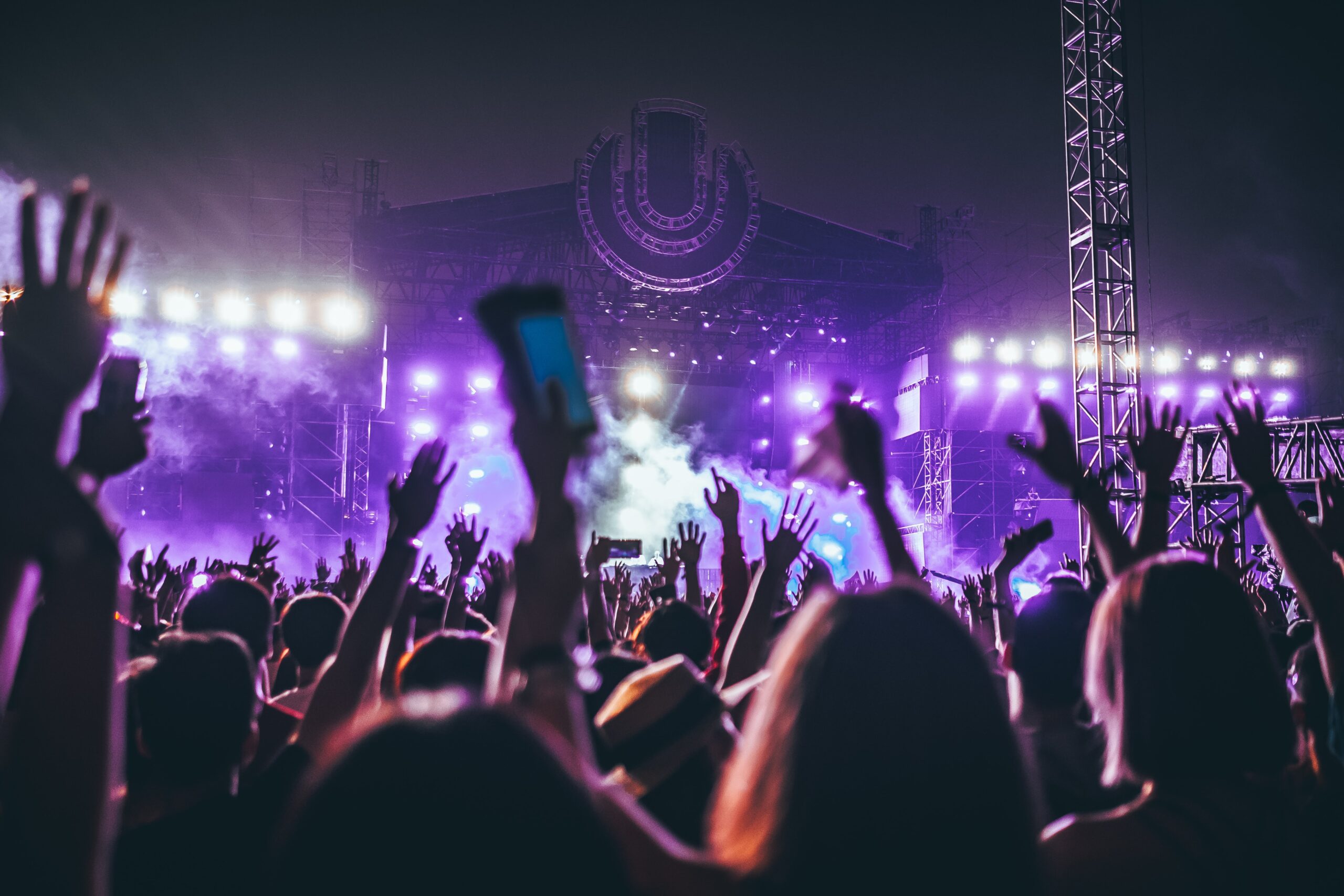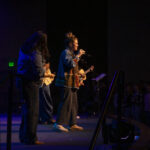
Invigorating, rhythmic and dynamic reggaetón music has filled the states at every turn over the years. It is made for gathering and feeling good.
Reggaetón is a blend of different cultures that have created a unique, distinctive and constantly changing sound. The style of music became popular in Puerto Rico and only jumped to mainstream in recent years.
This genre has many Latin influences, and part of the word — reggae — comes from the influence in Panama.
“West Indian immigrants who came to the country to help construct the Panama Canal, who married reggae and dancehall and thus forged a new melee of a sound,” according to an article by Rosie Bell in Shondaland. “Panamanian artists like Nando Boom and El General took Jamaican reggae songs and sang over them in Spanish; back then, it went by the name reggae en Español (Spanish Reggae).”
Spanish Reggae, or reggae en Español, became influenced by hip-hop when it became relevant in Puerto Rico, leading to reggaetón.
When reggaetón hit No. 1 on Billboard’s Top Latin chart on July 31, 2004, it was with Daddy Yankee’s hit song “Gasolina.”
This was the first time reggaetón music ever landed in the chart’s No. 1 spot, and the record was also named both the bestselling Latin album of 2005 and of the decade, according to Billboard.
“In the early 2000s, we have seen people like Daddy Yankee and Don Omar create amazing tracks,” said Bryanna Trevino, sophomore criminal justice major. “While people may not know their songs, they created the gateway for new artists like Karol G and Bad Bunny.”
Reggaetón exploded when Luis Fonsi and Daddy Yankee released their collaborated song “Despacito.”
The song hit Billboard’s top Latin song chart and remained there for over 100 weeks, with more than 6 billion views on their music video.
The song was then remastered, this time including Justin Bieber, boosting the tune’s popularity. It is still a viral song today, with the remix and original tracks staying in Luis Fonsi’s top 5 most popular songs on Spotify.
“One of my first memories with reggaetón was when ‘Despacito’ came out with Justin Bieber,” Trevino said. “I feel like it was a huge step for the Latin(x) community because it let everyone know how great our music was.”
Many non-reggaetón artists are helpful in spotlighting this genre of music. In addition to Bieber, those artists include Selena Gomez, Cardi B and even Drake.
“It’s something tied to the culture, so when those big artists decided to collaborate and brought it to be more mainstream, more people who aren’t from those countries started to listen to it,” said Valerie Casteneda, junior accounting major. “Now it is all over the radio instead of having to turn to a Spanish station to hear it.”
Today reggaetón’s popularity has reached new heights. There is one superstar in particular we have yet to discuss: Bad Bunny.
Bad Bunny is a Puerto Rican musician who has played a significant role in the rise of reggaetón music over the past year.
After recently winning album of the year at this year’s Video Music Awards, he has made a name for himself amongst competing artists. Bad Bunny has been unique not just with his music but his platform.He is known for only singing in his native language, Spanish, and rarely speaking English.
Bad Bunny is also known for pushing the boundaries through his personal style. He challenges the “machismo” mindset within the Latino community.
The machismo mentality is a concept that relates to being “manly” or having prideful masculinity, also known as being “macho.”
“You know, he does not have typical manly fashion,” said Ashley Morales, junior finance major. “He only speaks Spanish. I love that in his interviews, he still continues to speak Spanish. Some people in their songs speak two languages, so it’s usually English and Spanish. Well, in ‘Yonaguni,’ he speaks Japanese, so instead of choosing the typical other languages like English, he would speak Japanese and bring different cultures into it.”
Bad Bunny has released many songs and collaborations, with artists like Luis Fonsi and his song “Mia” featuring Drake and “I like it” by Cardi B.
“I think he was able to hit many milestones and surpass records worldwide because he collaborated with the right artists,” Casteneda said.
“He used to make a lot of trap music, and a couple of years ago, he moved into more purely reggaetón music and music for dancing,” Castaneda continued. “His music is very fun and carefree. He has always been himself in terms of his music and how he dresses, and he’s made many headlines with how he dresses.”
Male artists have not been the only influence on reggaeton music. Female artists like Karol G, Becky G, Natti Nat, Lali, and Anitta have as well.
These women are paving the way toward a new age of reggaeton that not only excites and entertains listeners but also helps them feel more empowered as independent women.
“Karol G’s most popular songs are the songs that go against normal machismo standards,” Morales said. “So instead of, ‘I need a guy, I miss a guy.’ It’s more, ‘I am the guy. I don’t need a guy. I am an independent woman.’”
Reggaetón musicians have used their platforms in many ways aside from music, as well. They know the significance of their influence and have used it to speak out about issues of concern to them.
“Bad Bunny is so much more than an artist,” Trevino said. “He is also an advocate for all the things he believes are right. For example, Puerto Rico and women’s rights.”
Reggaetón continues to be a popular music genre, and as the community grows, so do the artists. With constant content being released, the possibilities are endless.
Now driving past cars bumping their favorite Karol G songs and Daddy Yankee or Bad Bunny, many can sing along and enjoy the music brought to the States by our Latin artists, even without speaking the language.


